|
|
|
The Southwick HAA battery was
situated to the northeast of Fort Southwick and not inside it as
has sometimes been assumed. The site has now been returned to
farmland and there is no obvious trace of the battery left.
However lumps of concrete and other debris can be found. There is
a small but deep disused chalk pit nearby and some of the fabric
of the battery seems to have been tipped down this. Also there are
the remains of a "Motte and Bailey" nearby.
|
|
|
|
|
Google
Earth Aerial View
|
|
|
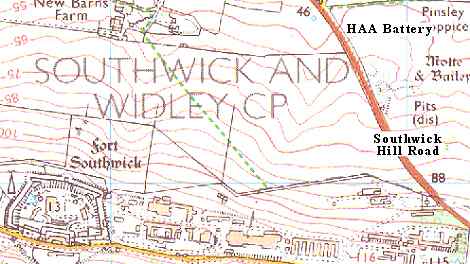
|
|
Location
of the the Southwick HAA battery, in relation to Fort Southwick
which had Light Anti-Aircraft (LAA) guns from April 1941.
|
|
|
|
| |
| |
 |
|
When
the battery was first installed it consisted of sandbag protected
gunpits. This map of 1965 shows the concrete emplacements which
were added in 1943 no doubt to strengthen the aerial defence of
the UGHQ
under Fort Southwick. As at the Nelson Battery the magazine was a
Nissin hut.
|
|
| |
| |
| |
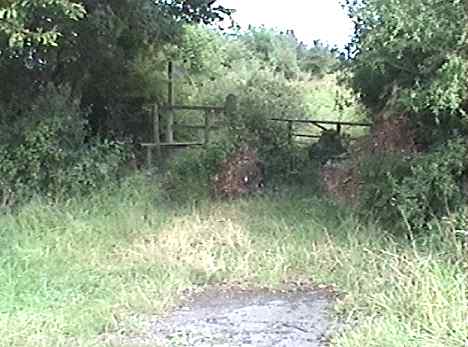 |
|
The
remains of the access road to the Southwick battery. In the
foreground a stretch of Tarmac now leads to nowhere, and behind
this, to the right of the style, is what looks like the original
wartime gate.
|
|
| |
| |
| |
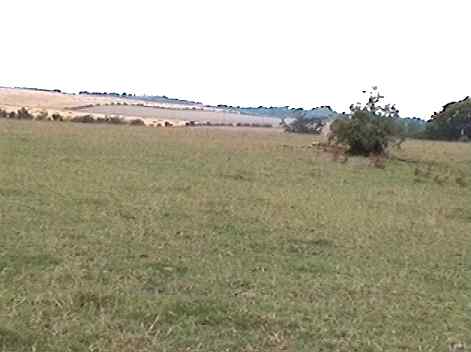 |
|
Looking
south with Portsdown in the background. The
Southwick HAA battery was once situated here. There is very little
evidence of it left today. It's hard to imagine
the crash of the guns in this now tranquil setting.
|
|
| |
| |
| |
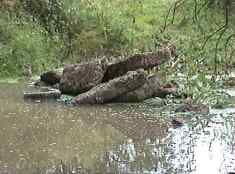 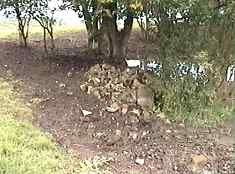 |
|
There
are a few remains of the battery left lying around - bricks,
concrete etc. These are spread far and wide.
|
|
| |
| |
| |
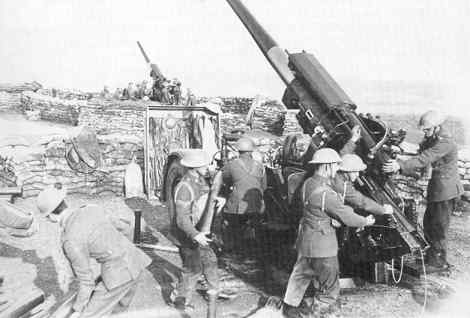 |
|
Southwick
HAA battery in action, taken some time before 1943, after which
concrete emplacements were installed. The guns' ceiling was 13,666
yards (7.75 miles), and it weighed 9.17 tons.
|
|
| |
| |
| |
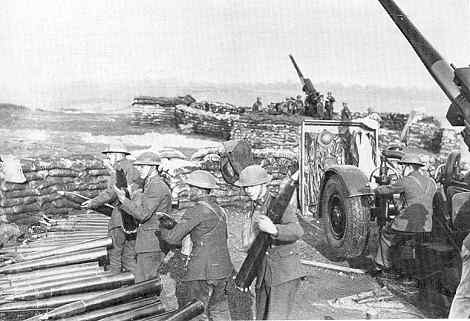
|
|
This
site had 4 x 3.7 inch guns, which fired a 28 pound shell. A good
crew, which consisted of up to14 men, could put up 10 rounds a minute or more. A 40mm gun was also present,
probably a Bofors.
|
|
| |
| |
| |
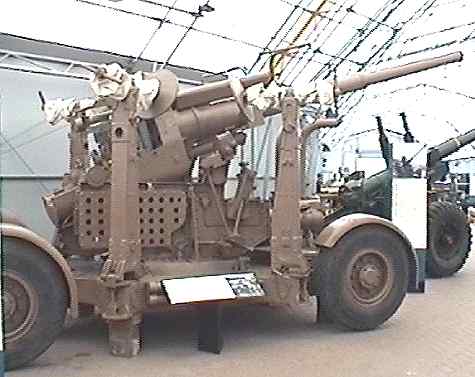
|
|
A
3.7 inch anti-aircraft gun from 1943. This example can be seen in
the Artillery Hall at the Royal
Armouries Museum, Fort Nelson. It was developed in 1934
by Vickers Armstrong Limited, and delivered to the Army in 1938.
There were many different versions and it was considered as Britain's
answer to the German 88mm.
|
|
| |
| |
|
|
click the
arrow |
|
< |
page
3 of
4 |
> |
|
|
|

|

















